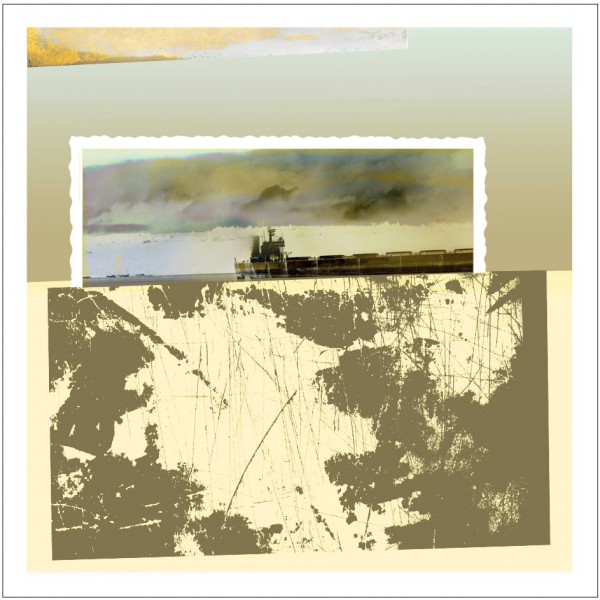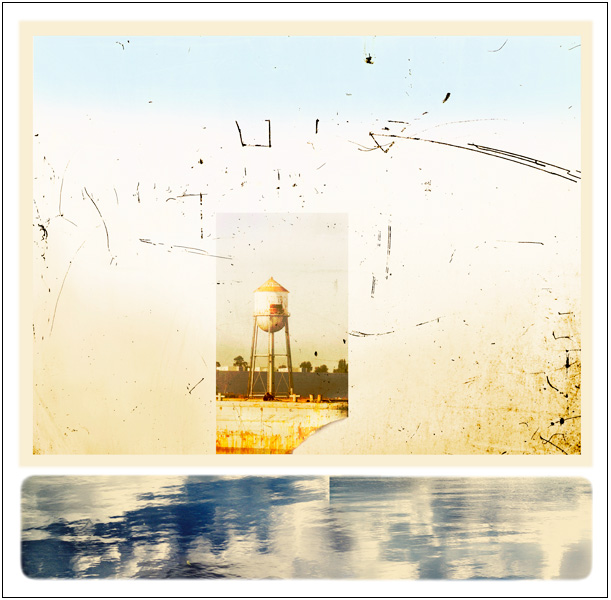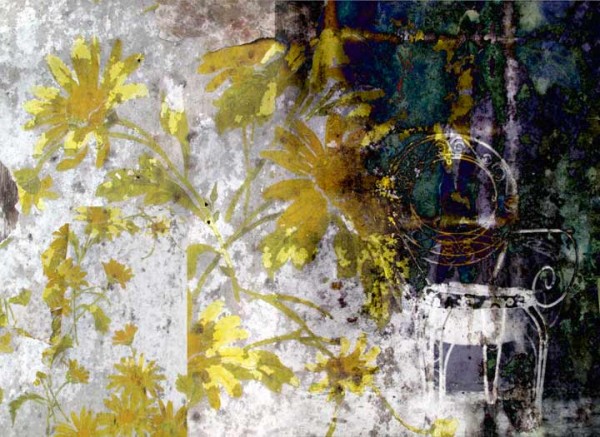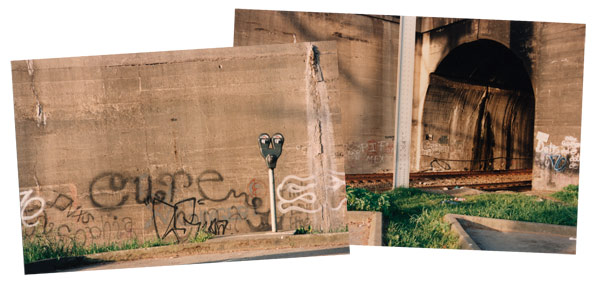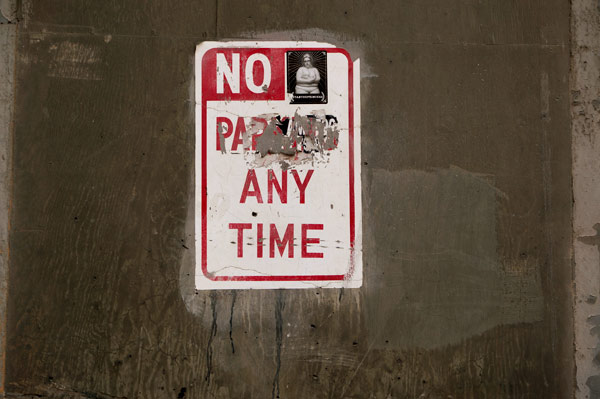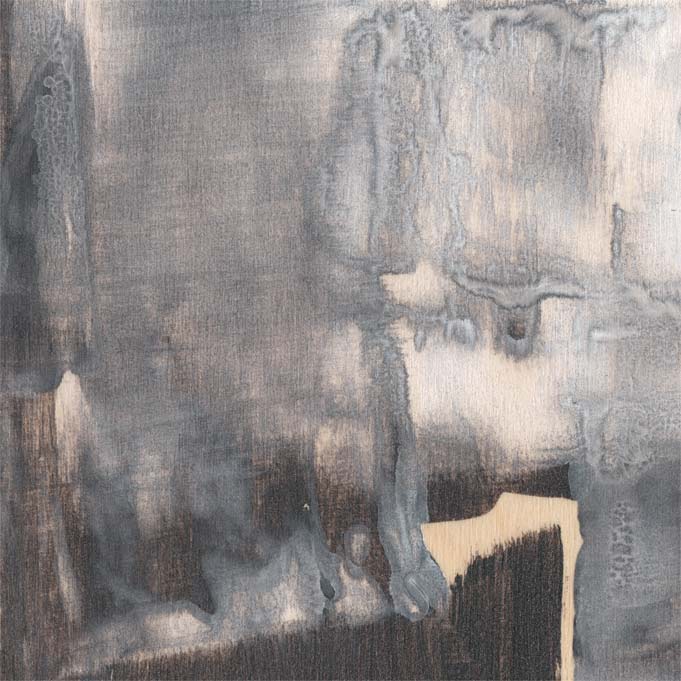
Last weekend I took a sun-blown walk along the waterfront, down to the Chittenden Locks and back up along Golden Gardens. I returned with over a hundred new photographs of the northern bay and renewed excitement about seascapes as a subject. Along the way I passed through the living rooms of those who sleep without doors. There is no bookcase, no lamp, but sometimes a bright red sleeping bag, some boots and a pillow. Perhaps the painted walls are [Read more…]

